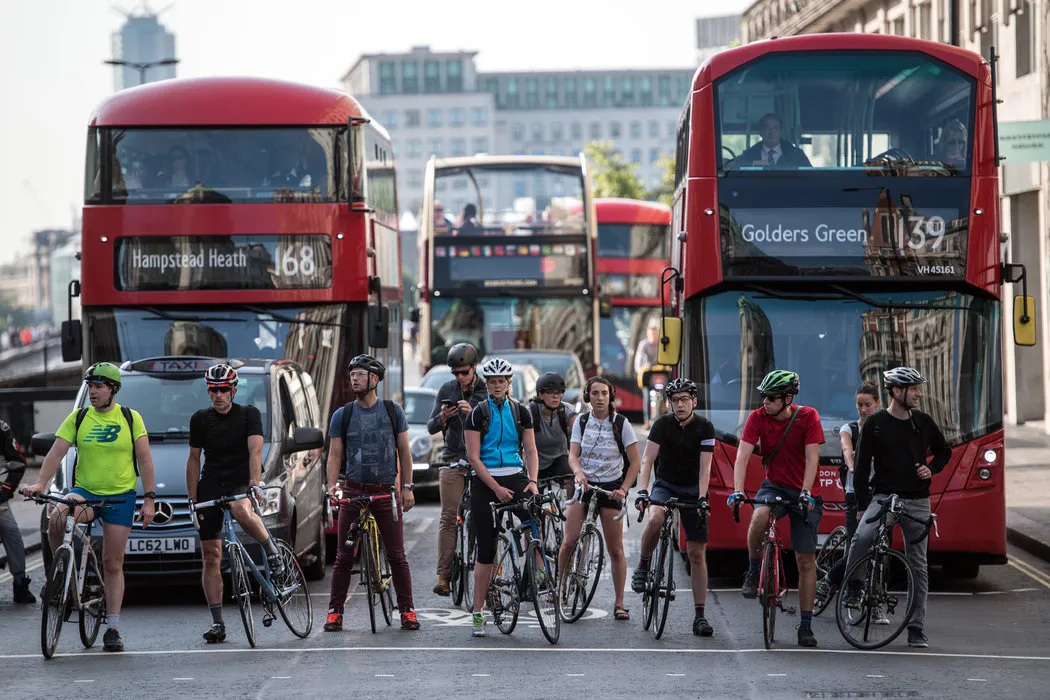News & Updates
Climate Action London: New Transport and Emission Policies Announced

Introduction
London’s leadership in urban climate policy took a major step forward in 2025 with the unveiling of new transport and emission regulations designed to strengthen the city’s commitment to sustainability. The measures, announced under the Climate Action London framework, represent one of the most comprehensive environmental strategies ever implemented in the UK capital.
As cities across the world grapple with the challenges of climate change, London’s new agenda seeks to combine environmental responsibility with economic opportunity. The policies aim to reduce air pollution, cut carbon emissions from transport, and encourage businesses to integrate sustainability into their daily operations. With the city targeting full carbon neutrality by 2035, the new strategy demonstrates how urban innovation and regulation can align to create a cleaner, more resilient metropolis.
Cleaner Transport and Low-Emission Mobility
Central to London’s new environmental plan is a major expansion of low-emission transport initiatives. The city will extend its Ultra Low Emission Zone to cover all boroughs, accompanied by stricter emission limits for cars, vans, and commercial vehicles. Petrol and diesel vehicles that fail to meet new standards will face higher congestion and environmental charges, encouraging a faster transition to electric and hybrid models.
In parallel, the Mayor’s Office has confirmed increased investment in electric vehicle infrastructure, with plans to install more than 50,000 charging points by 2030. The initiative includes a focus on equitable access, ensuring that residents in outer boroughs and lower-income areas benefit from the same infrastructure as central London.
Public transport remains a key pillar of the new strategy. Transport for London will expand its fleet of zero-emission buses, introducing hydrogen-powered and fully electric models on major routes. Underground and overground services will continue upgrading energy systems, with new contracts favouring renewable energy suppliers. The policy aligns with London’s goal of making all public transport carbon neutral within the next decade.
Cycling and pedestrianisation will also play a greater role in urban mobility. The city plans to create an additional 120 miles of protected cycle lanes and expand car-free zones around schools and cultural districts. These measures are designed not only to reduce emissions but also to improve public health and quality of life.
Urban Emissions and Energy Efficiency
Beyond transport, the Climate Action London plan introduces a broad range of policies targeting urban emissions and energy efficiency. All new large-scale developments will be required to meet net-zero carbon standards, with strict regulations on construction materials and waste reduction.
Older commercial and residential buildings will face mandatory energy performance upgrades over the next five years. The city government has launched a retrofit incentive programme offering tax benefits and grants to property owners who install energy-efficient systems such as heat pumps, solar panels, and advanced insulation. This effort addresses one of London’s biggest environmental challenges, its aging building stock, which accounts for nearly 40 percent of total emissions.
The energy transition will also include greater reliance on district heating systems powered by renewable energy sources. By connecting homes and businesses to low-carbon networks, the city aims to cut emissions while providing more affordable and stable energy solutions for residents.
Waste management and water efficiency have also been included in the policy framework. The city will expand its food waste recycling system and introduce new measures to reduce single-use plastics across public institutions and large retailers. Together, these efforts contribute to a circular economy model that minimises waste and promotes reuse.
Business Implications and Opportunities
The private sector sits at the heart of London’s climate transformation. Businesses will be required to comply with stricter emission and reporting standards, but they also stand to gain from a growing market in clean technologies and sustainable services.
Many of the new measures are designed to encourage innovation rather than impose constraints. Start-ups in green energy, mobility, and materials science are expected to benefit from increased public funding and private investment opportunities. The expansion of electric transport, for example, will create demand for new charging infrastructure, battery technologies, and digital platforms that optimise energy use.
Larger corporations will face new disclosure requirements under the city’s Climate Transparency Code. This policy mandates annual sustainability reporting and encourages companies to adopt measurable targets for emission reduction, waste management, and energy efficiency. The move aligns with global environmental, social, and governance standards, helping London maintain its reputation as a financial and corporate sustainability leader.
The hospitality, retail, and construction sectors will also experience transformation. Businesses that embrace low-carbon operations and supply chain transparency are likely to enjoy reputational and financial advantages. Conversely, those that delay adaptation could face rising operational costs and regulatory penalties.
City officials have emphasised that the climate agenda is not anti-business but rather a framework for shared prosperity. The focus is on building a cleaner economy that enhances London’s competitiveness, attracts sustainable investment, and creates thousands of green jobs.
Conclusion
London’s new transport and emission policies mark a decisive shift in how the city approaches climate action. By integrating mobility reform, energy efficiency, and business accountability into a single strategy, the capital is setting a benchmark for urban sustainability. The emphasis on innovation and inclusion demonstrates that environmental progress can go hand in hand with economic growth.
The road ahead will require consistent implementation and public cooperation. Businesses, residents, and policymakers must work together to ensure that London not only meets its carbon reduction targets but also continues to thrive as a livable, forward-looking global city. The Climate Action London initiative is more than an environmental policy, it is a blueprint for how cities can lead the world in building a sustainable and prosperous future.








